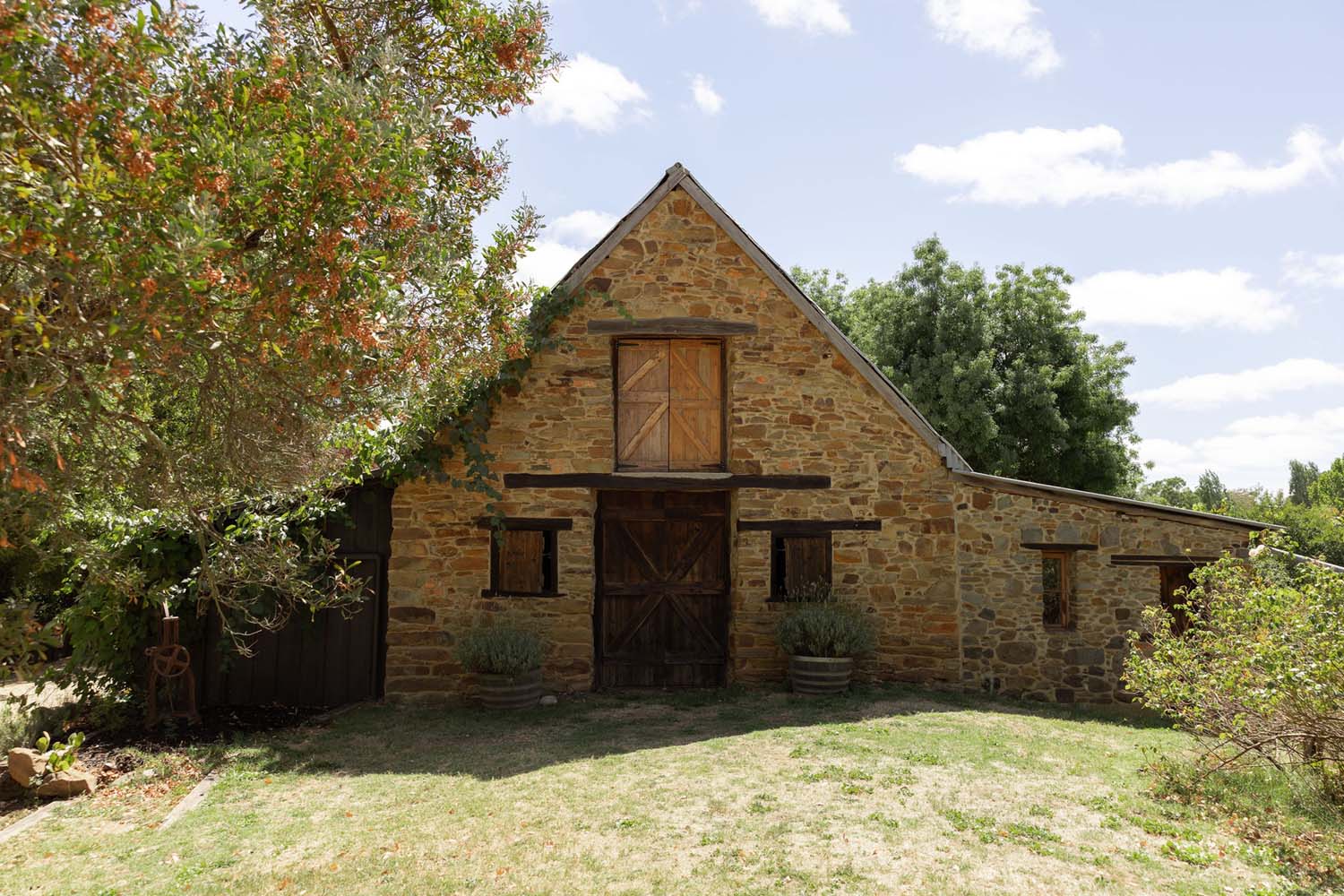
History of Lavandula
Where lavender fields meet centuries of stories
Seasonal closure
Reopening December 26th
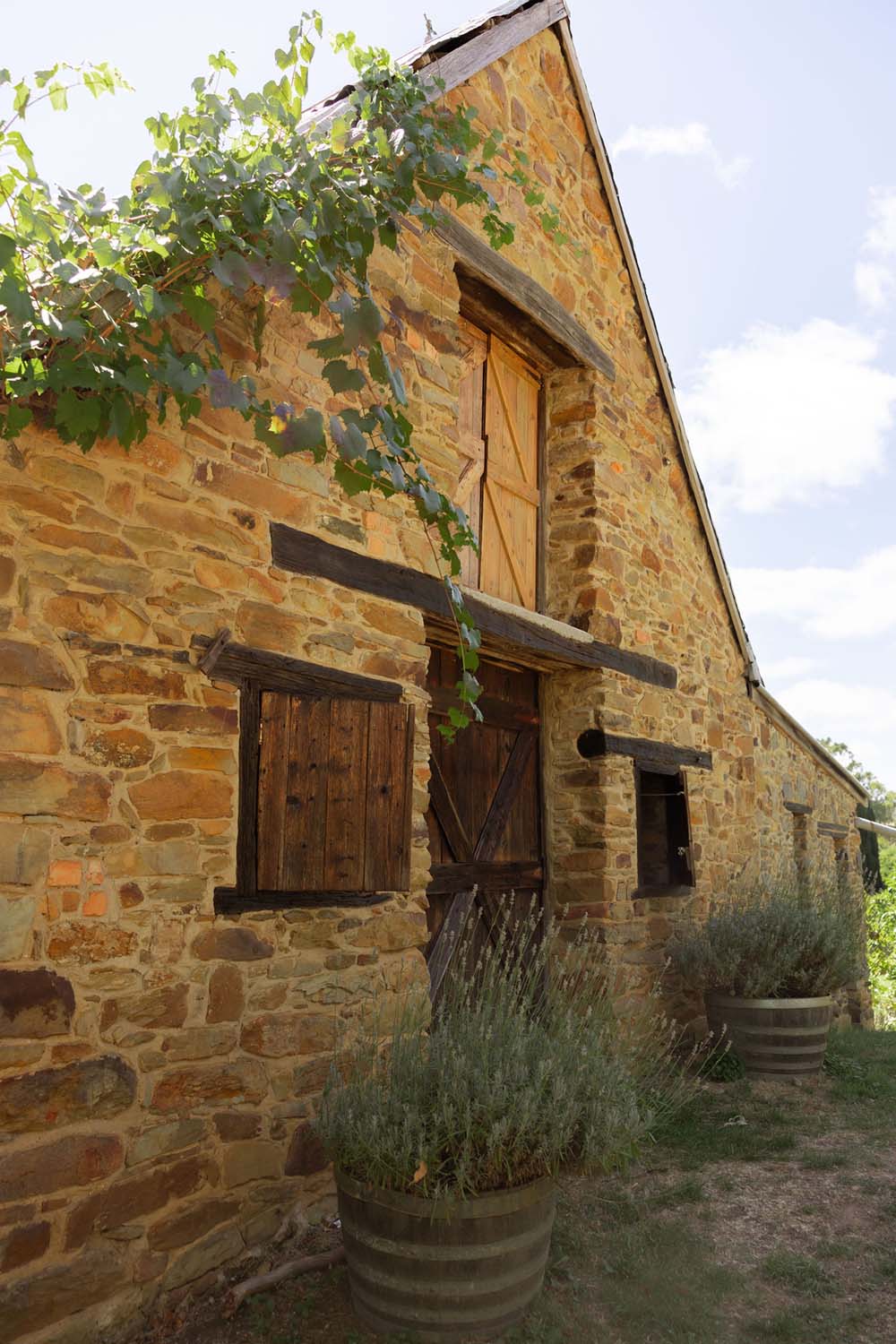
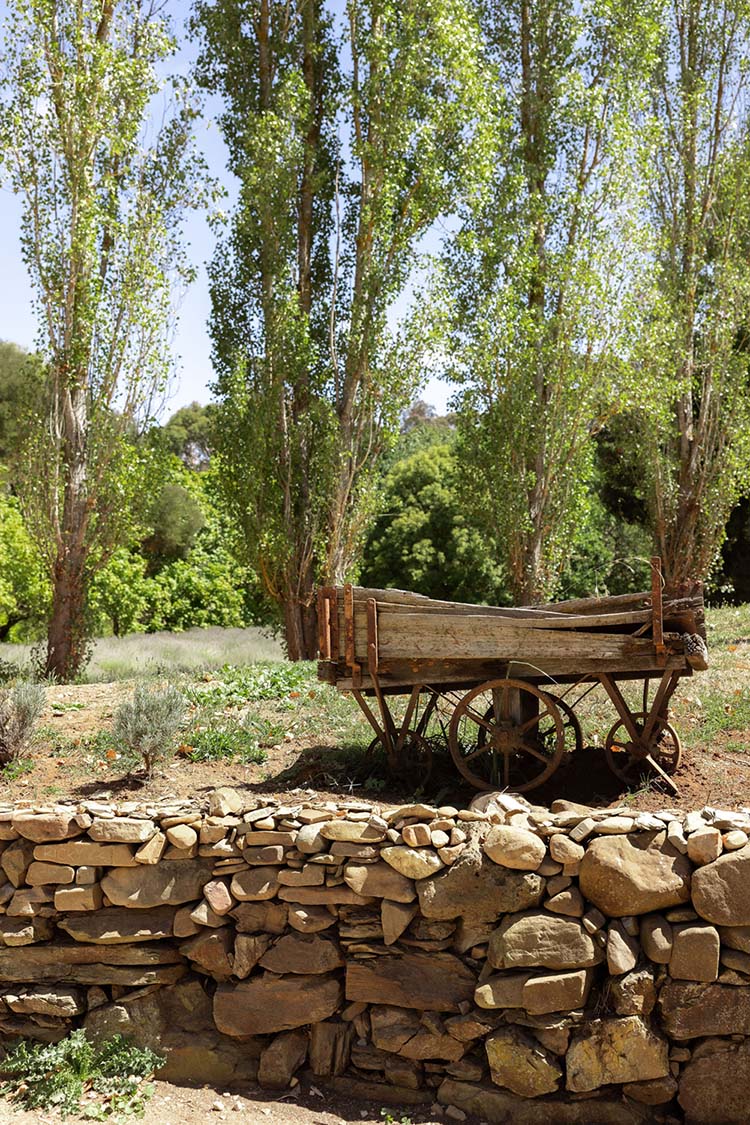
The Timeline
Key moments in Lavandula’s evolution
Swiss Italians arrive in Victoria and establish traditional farming settlements.
Aquilino & Maria Tinetti establish their 100-acre farm, ‘Shepdale’
The original stone buildings are constructed by skilled European hands.
Lavandula falls into disrepair before being discovered by a local artist.
The farm is lovingly restored and reimagined as a seasonal working lavender farm and renamed ‘Lavandula’.
Tinetti Family Story
From the mountains of Ticino to the hills of Daylesford
Arriving in Australia
Aquilino Tinetti was born in 1835 at Pontirone near Biasca in the Rivera district of the Swiss canton Ticino. Like many at the time, he was lured by the Victorian goldfields and journeyed from Norfolk ship in Plymouth, England to Australia in 1860. After returning briefly to marry Maria Virginia Capriroli, the couple travelled to Australia on the SS Great Britain and settled in Shepherd’s Flat in 1870, established the 100-acre farm that they called ‘Shepdale’.
Establishing Lavandula
Here, they built a 100-acre farm in the classic Ticiniese style, with stone barns, a farmhouse, and a working dairy. They grew wheat, barley, and hay for the horses and cows in dry season. They milked the cows (the cream went off to the Righetti’s creamery at Yandoit to be made into butter). Pigs and all the byproducts became the staple carna secchi, the air-dried hams, trotters and sausages that the family lived on all year (making fagioli or minestrone and polenta using the dried beans, peas and maize that they grew too).
The Tinetti Family
Aquilino and Maria had 13 children, six girls and seven boys. When Aquilino died in 1905 he was buried in the Franklinford Cemetery where Maria joined him 27 years later.
Still to this day, there are Tinettis who are descendants of the original family living in the area not far from the farm who continue to contribute to the rich cultural and agricultural heritage of the region.
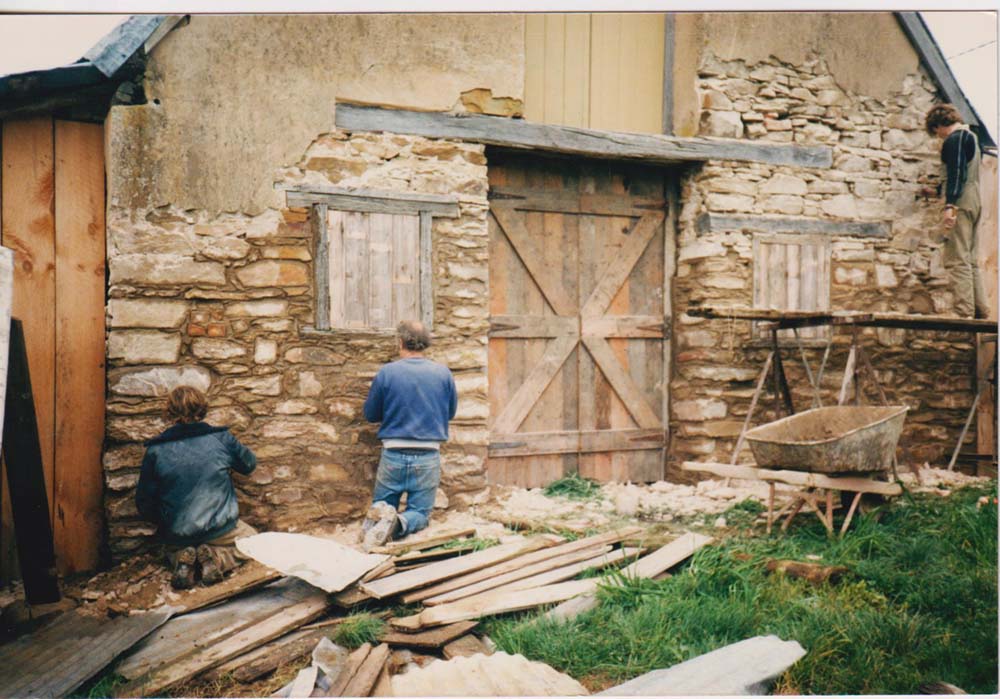
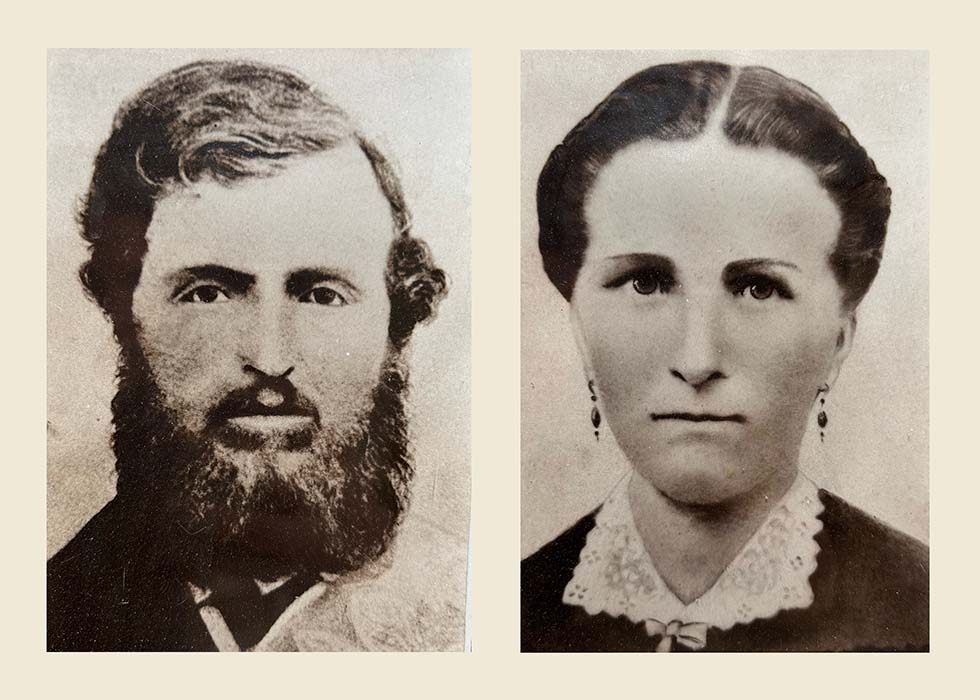

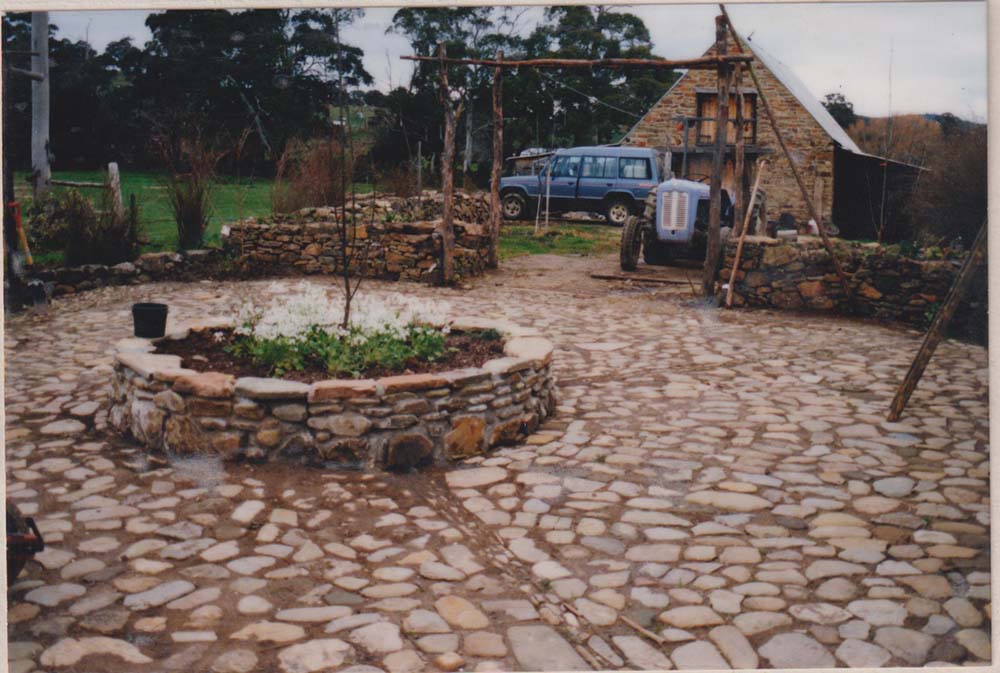
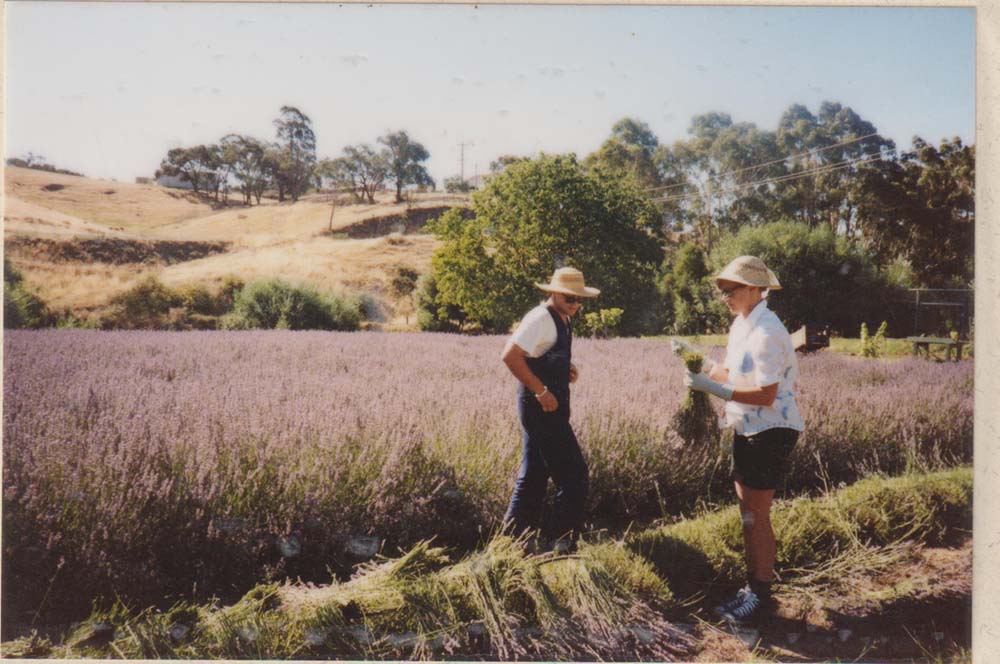
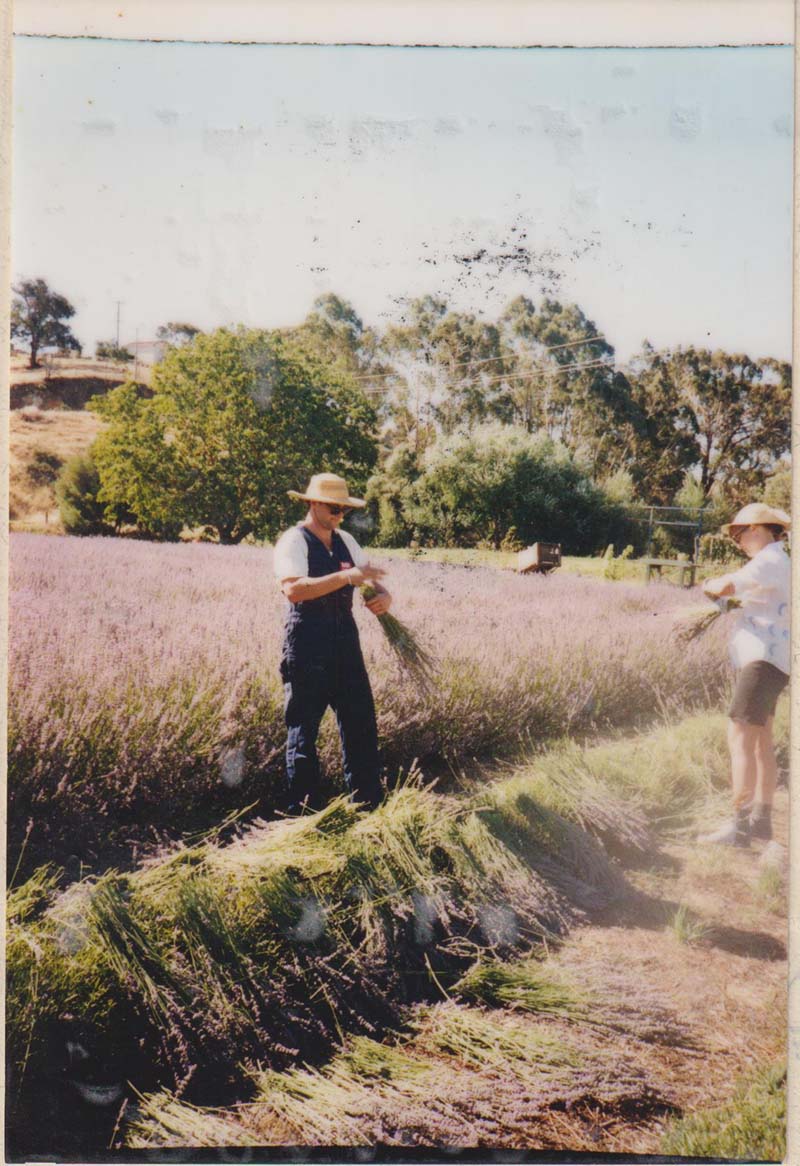
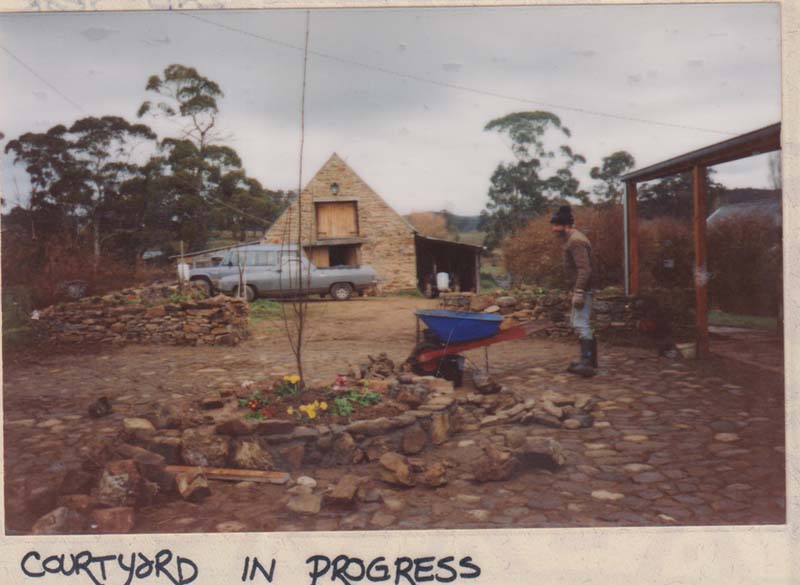
Blooming once again
From disrepair to revival
After the Tinetti children grew up and moved on, the farm slowly fell into disrepair. But in the 1970s, a local artist stumbled across the site and saw its potential. The slow and steady work of restoration began—preserving the original stone buildings, restoring the gardens, and creating new ways for people to engage with the land.
By the 1990s, Lavandula had become a working lavender farm and destination once again. A place for slow afternoons, garden picnics, and rustic hospitality rooted in heritage.
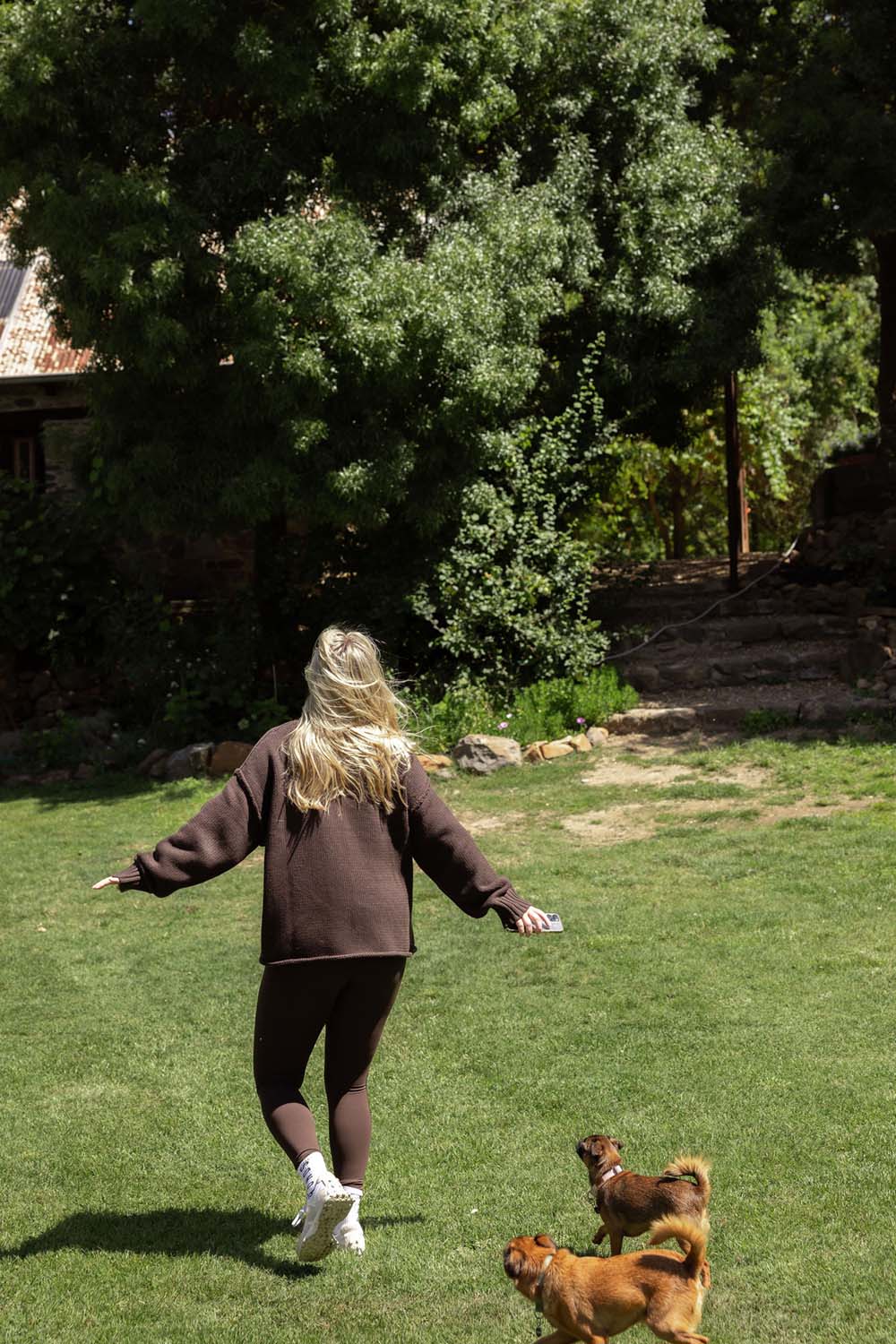
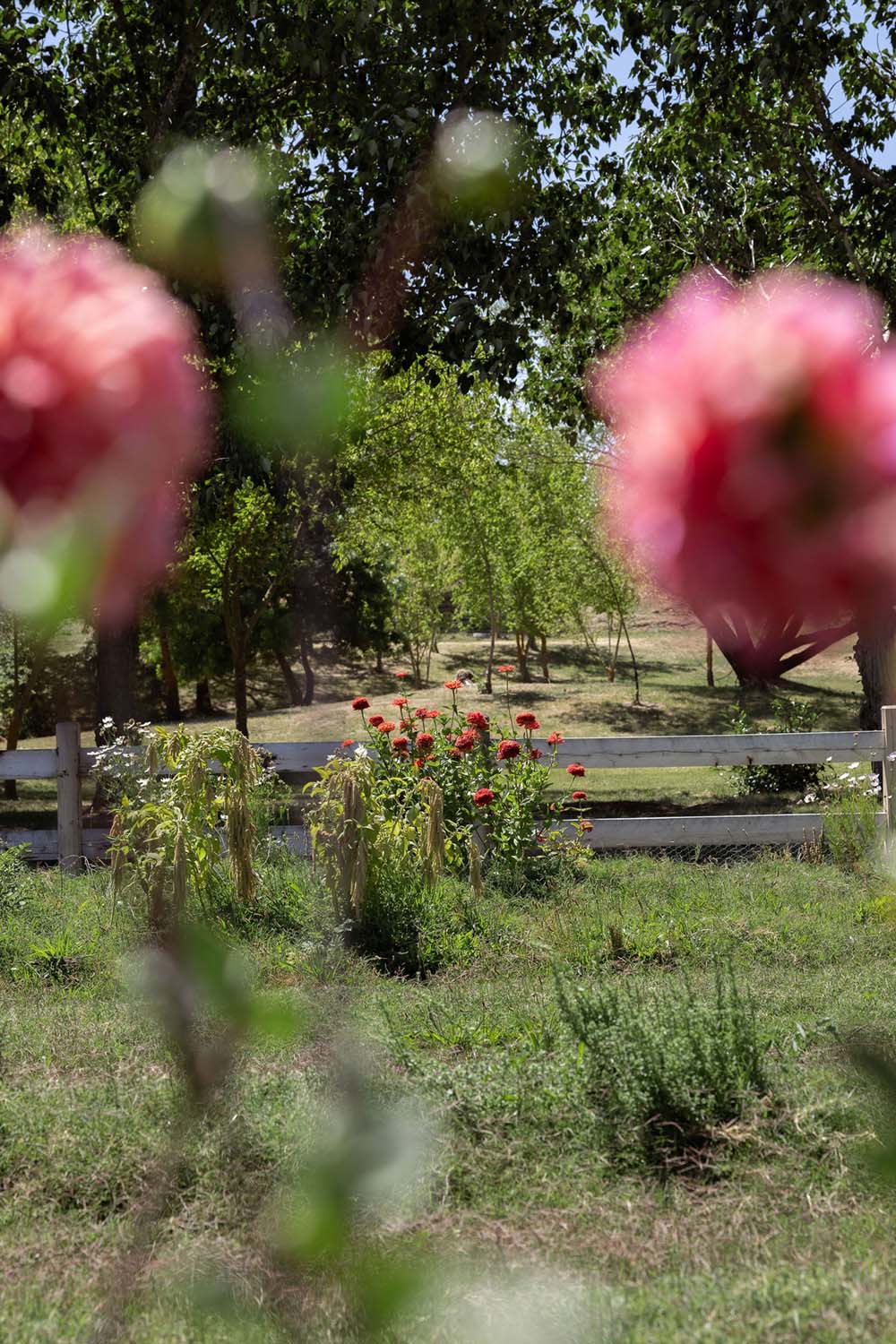
Carried forward with care
Lavandula is cared for by a small but passionate team of gardeners, historians, cooks, and creatives.
From guiding tours to harvesting lavender, everything we do is rooted in respect for the land, and a love of storytelling.
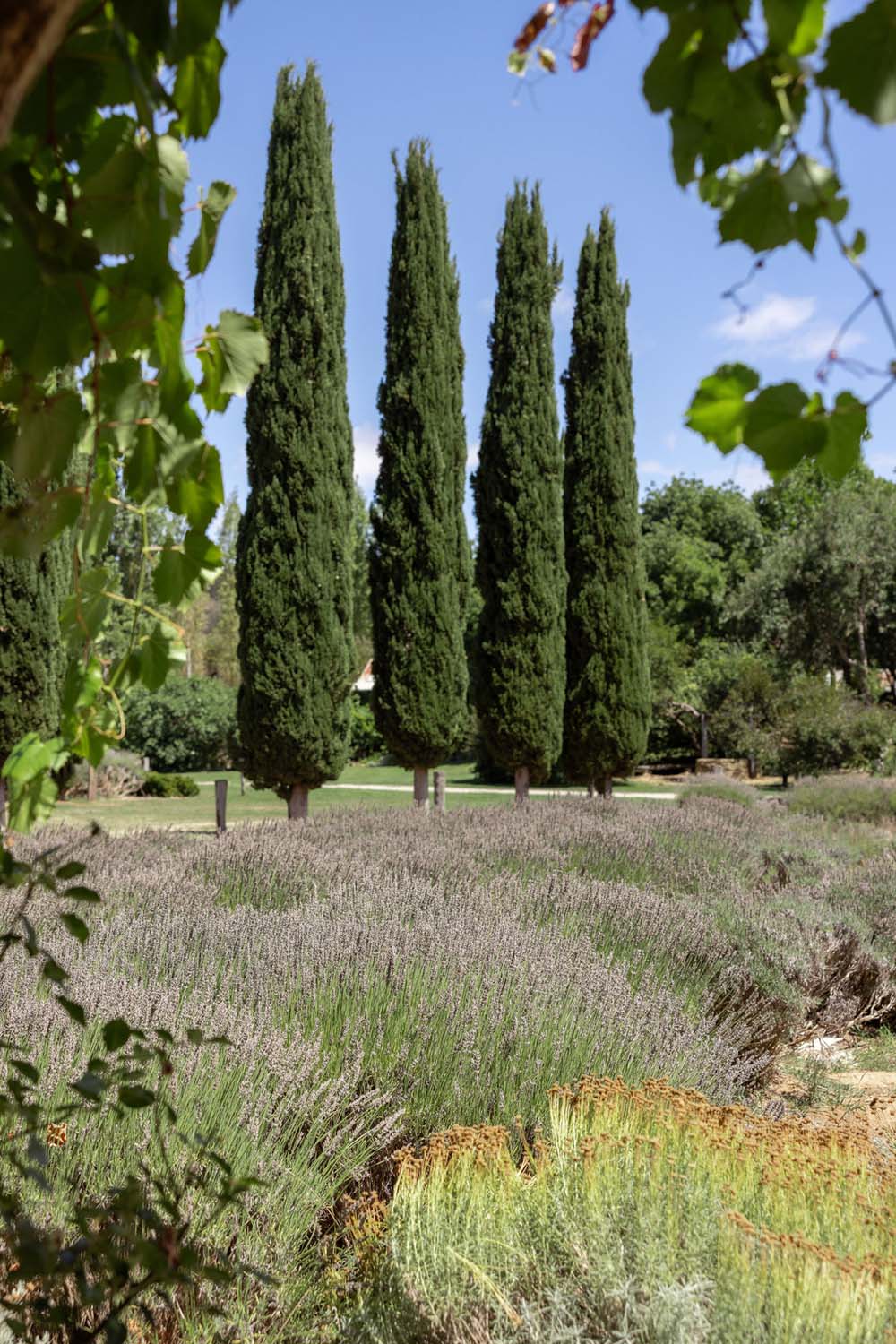
Plan your trip
Visit Lavandula Farm
Located just ten minutes north of Daylesford, Lavandula Swiss Italian Farm is nestled in the picturesque farmlands of Shepherds Flat. Our 100-acre property offers a delightful blend of European charm and rural beauty.
350 Hepburn Newstead Rd, Shepherd's Flat.

